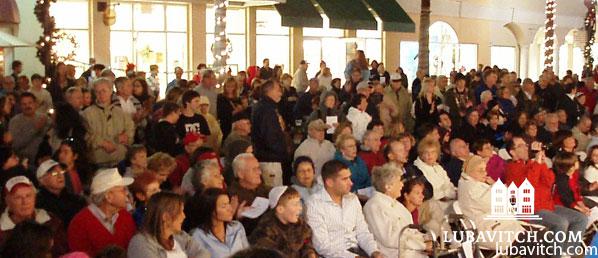When the doors of Chabad Houses closed, and shluchim adopted social-distancing guidelines, we wondered how this edition of the magazine would take shape. More importantly, what would happen to Jewish communities—particularly those that depend entirely on the Chabad infrastructure?
As many of the articles in this issue illustrate, shluchim were quick to adapt. Their long experience in digital media made them well equipped to handle the transition. Brick-and-mortar projects came to an abrupt halt, but much of the programming serving Jewish demographics from preschool to seniors, was reimagined for digital engagement (p15).
The quiet space of self-isolation proved conducive in unexpected ways. People, who never thought they could, decided to try the twenty-five-hour Shabbat immersion. Knowing that for now, their Chabad rabbi won’t be at their door helping them wrap tefillin, others were finally emboldened to make it part of their daily routine. Many joined classes, discussions, and life-cycle events remotely, through Zoom or other means.
But there is no replacement for in-person participation in Jewish rituals, or conversations over coffee at the Chabad House. And Chabad’s keystone—elaborate Shabbat dinners where the magic happens—was sorely missed. Now, as some of the social distancing restrictions are lifted, people are eagerly returning, and new faces are joining.
If nothing else, the past few months highlighted the value that a strong community brings to human life. Patients hospitalized with the virus reported that the prayers, support, and networking by community made a critical difference to their recovery. For those who lost loved ones, having community to lean on also meant help with everything from burial to kaddish—logistical feats in the age of coronavirus.
Even as interest in institutional religion declines, the brush with the unknown caused by the pandemic, say shluchim, moved people to seek them out for the first time. Some who rarely participated in the Jewish community are now expressing a desire to connect. If before the pandemic they were content to make an annual donation and show up once a year, they now want more substantive involvement.
Dynamic communities are nurtured by dynamic leaders who play for keeps. In this issue, we look at one such example, poignantly modeled by the shluchim in Hanover, Germany. When Rabbi Benny Wolff died suddenly from Covid-19, his wife, Shterni, decided to remain there with her eight children and continue building (p12).
Our cover story is a retrospective of an early model of Chabad outreach—the Mitzvah Tank—still operational today. A literal and daring interpretation of the Rebbe’s idea to take Judaism to the streets, the Mitzvah Tank is his rebuttal of the Russian Haskalah creed that urged Jews to “Be a man in the streets and a Jew at home” in order to better assimilate.
As we go to print with this magazine, the world is in a state of turmoil. The trauma of the pandemic and the protests that followed make us pray for healing with genuine fervor. Refaenu Hashem v’Nerafeh, heal us, G-d, so that we will be healed. But healing, say our sages, often hides in plain sight.
In this case, the pandemic removed the distractions of life that keep us busy but unfulfilled. The only place to go was inward, where it is possible to connect to self and soul. And for those who need a guide, the shluchim are there, as always—a steadying presence, strategically placed to support Jewish life.

Be the first to write a comment.